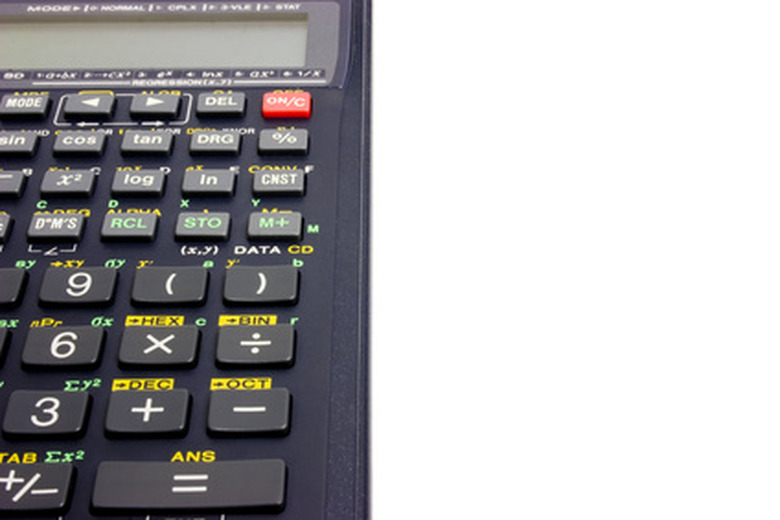How Do I Determine My Audit Sample Size?
Things Needed
- Population of items to test
- Statistical calculator (optional)
- Statistical tables (optional)
- Online sample size calculator (optional)
According to the Comptroller of the Currency, sampling is a method of utilizing scarce audit resources when the population of items to be tested is large. Although using knowledge and judgment to select a non-statistical sample is acceptable for many audit purposes, statistical sampling provides objectivity in sample selection and greater accuracy when drawing conclusions about the entire population of test items.
Determining sample size takes some patience and the use of a calculator or statistical tables. An auditor must determine the test group's population size and decide what confidence level and expected deviation rate are acceptable.
Step 1
Define the characteristics of items to be tested to determine the testing population size. Using common characteristics helps ensure that each item in the population has the same chance of selection. For example, the UK National Audit Office recommends using characteristics such as all items included in a payroll report on a given date, or all post or ZIP codes in a given geographic area. Determining the population size will result in a whole number, such as 534 payroll entries or 271 ZIP codes.
Step 2
Establish the confidence level to be applied to the sample results. The Institute of Internal Auditors notes that confidence levels usually range between 90 and 99 percent. The term confidence level refers to an auditor's degree of requirement that the sample will reflect the true values in the population. The higher the confidence level required, the larger the sample size. If an auditor has a high degree of confidence in the effectiveness of the control environment–usually established through observation, interviews and procedural walk-throughs–the lower the confidence level he will select.
Step 3
Use prior year test results or the results from a preliminary sample to determine the sample's expected deviation rate, or confidence interval, to estimate the expected rate of control failure in the population. For example, an auditor may expect a two percent deviation rate of missing sales order forms relative to total orders taken.
Step 4
Use the population size, confidence level and expected deviation rate established above to determine the sample size. Use statistical tables or a handheld statistical calculator to perform the calculation. Access a free online statistical calculator from a web sitesuch as Macorr or Creative Research Systems and input the population size, confidence level and confidence interval or expected deviation rate to quickly calculate the audit sample size.
Cite This Article
MLA
Woods, Gae-Lynn. "How Do I Determine My Audit Sample Size?" sciencing.com, https://www.sciencing.com/how-6188297-do-determine-audit-sample-size-/. 7 August 2017.
APA
Woods, Gae-Lynn. (2017, August 7). How Do I Determine My Audit Sample Size?. sciencing.com. Retrieved from https://www.sciencing.com/how-6188297-do-determine-audit-sample-size-/
Chicago
Woods, Gae-Lynn. How Do I Determine My Audit Sample Size? last modified March 24, 2022. https://www.sciencing.com/how-6188297-do-determine-audit-sample-size-/

